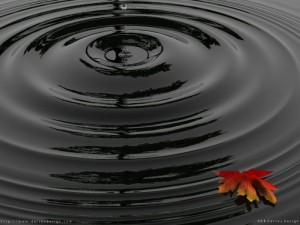Silence in Golden, Duct Tape is Silver
/This post is entirely free of romanticism. It points to a new super charged modernity of pure martial arts.
Three days have passed...
since...
I recently got to visit a secret society of violence experimentation. I'm 5'11'' and 160lbs. The guys I was playing with have a ton of experience with actual violence and averaged 6'3'' and 230lbs. Each was different and has a unique story but the results on my end were: 6 choke outs. 20 throat pokes. Head butt to the nose and the eye socket. Nose and jaw rubbed into the ground. A knee bouncing up and down on my solar plexus. Random pain compliance. Balls kneed and squeezed. Floor impact. Chest compressed to the point of no inhale do to excessive weight. A mildly dislocated shoulder. And 3 accidental chiropractic adjustments.
I mention all this because none of it is actual damage, but my mind read it as damage at the time. Well, I had a bit of vertigo this morning and my nose has some free floating bits of cartilage, and maybe my shoulder isn't quite where it should be, but over all I feel great.
Several of the most experienced guys I was playing with claimed they had no hormonal response. They say fighting with another person is like fighting with a teddy bear, they don't see another person there so they are not triggered emotionally or socially. That's pretty amazing. They, in some sense, are able to shed their identity so that fighting is just what normal feels like.
Over all the feed back I got was very positive. My skills and training are great. The problem is that when I'm taking what I perceive to be damage I become more of a monkey, that is, I start reacting instead of fighting the way I'm trained to do. Getting poked in the throat in this case was not doing real damage but it freaked me out. Taking five or six body shots in a row, in this case, wasn't damage but believing it was made me fight poorly.
But what is most interesting to me is tracking how I feel.
First off there was the enjoyment of my failures and feelings of appreciation for the folks helping me with that. The first session went until 2 AM so there was some exhilaration, and a kind of body looseness that happens when I'm passed tired. That seems like 3 or 4 hormone combinations right there. But I'm pretty sure that my social challenge autopilot-- I need to be tougher than you-- hormones didn't flood my system. That's a very important detail.
From 8 in the morning we went until about 1 pm. Some nausea, lots of need to drink fluids. Perhaps that had something to do with the whiskey the night before. More simple feelings of fun and enjoyment. Then that evening I was just feeling elated. Tired but extra friendly. I was in pain all over, one arm was barely functional and my face felt bruised, but the pain was mixed with some hormone that made me feel really good. Perhaps I felt socially bigger then normal, unflappable.
All the next day I was happy about being in pain. Every time I felt pain, it was accompanied by joy. And then I had a new effect. My body wanted resistance. Not push ups or squeezing or jumping around, or powering through. My body wanted dynamic resistance all over. It was perhaps like being a kid and wanting to be tickled, very dynamic and unpredictable. And a bit like wanting to wrestle, but different from wanting to physically dominate. This deep physical desire was my body wanting to relax against dynamic and chaotic oppositional forces.
That last one was a very cool feeling. Unfortunately I only had my wife around to play with, but she indulged me for a few minutes and that made me very happy. I believe that whatever that hormone combination was, it is probably key to the highest levels of martial arts training. It's as if once I got there my body already knew how to make up games that would condition me for optimum battle skills. I should add here that this hormone inspired feeling is related to what I have elsewhere described as a separation of the inner and outer body, distilling jing and qi in motion. The version I practice without the hormone inspiration feels like the mass of muscle and bone is a dull container driven by an inner body that can not be easily caught because it is moving around inside, like a separate body.
The next day (two days after) I had mostly come down from the high but I felt heroic and larger than normal. My body had mostly healed but the pain I still had bothered me more, it had migrated. My limbs and my face felt better but my chest felt stiff and compressed. Not a big deal from a healing point of view because bruises on the torso get great blood circulation. I did a lot of chest loosening exercises and felt fine. But later in the day I had a very strong sensation around my chest and heart. A new hormone. I felt hollow. Longing. Like I'd been emotionally crushed, but just as a sensation. I wanted to be held and gently caressed, it felt childish. Vulnerable. Like I wanted to be inside and then inside again.
Three days later all the effects are gone.
______________
Comments.
Many if not all of these hormones have been isolated and probably can be injected into the blood. I think taking hormones could be a really smart way to train but just look at how many changes I went through, it would require very complex monitoring.
Understanding how to trigger (or not trigger) the hormones and then not over doing it is probably a better route. We should consider monitoring these hormones in students too. Right now there is potentially inexpensive technology that can tell you all the hormone concentrations in your blood in about an hour. We just have to create the market for it.
There are so many implications for education and learning in general here. Imagine a school where subjects are taught only when the student's hormone profile is at its optimum for that subject? If, for instance, your hormones are primed for mathematical thinking, you would likely invent the games that would teach you everything you need to know as long as you had the inputs/problems/proofs/tools available. Imagine a speed reading class that focussed on getting you to the right hormone balance before trying to teach you anything. My guess is the very best teachers all do this intuitively already.
The opposite, having exactly the wrong hormone profile for a particular type of learning would be a pure disaster.
Nothing here is new. All the feelings I've described are part of NORMAL. But conscious discussions of how to optimize these feelings for specific results needs a lot more attention and naming.
I suspect that traditional ritual behavior and ritual design is deeply tied up with conditioning people via hormone responses. Some rituals require a big crowd because that triggers certain hormones. A wedding for instance, is meant to permanently seal a social bond in the mind of everyone present. An execution follows a similar logic. There are countless other examples. Secrets and secret rituals must be a different combination of hormones. I don't want to simplify this to the point of triviality, but enlightenment may just be a relationship to hormones. That doesn't mean we all have access to it or even care to. This is just a line of thinking.
Again, this is nothing new, A Brave New World, and A Clockwork Orange were built around this theme. Two early scifi's that crossed the blood-brain barrier into literature, from low brow to high brow. Which brings us to the title of this post.
Silence is golden,
Duct tape is silver
(an original poem) by Sgt. Rory Miller


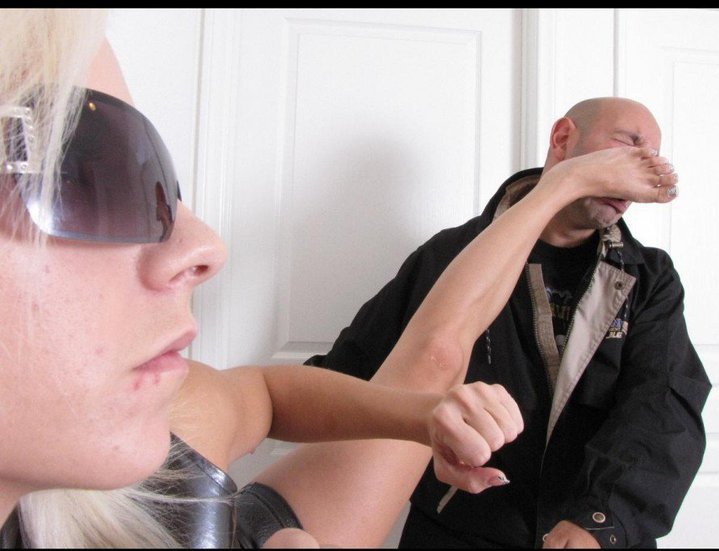
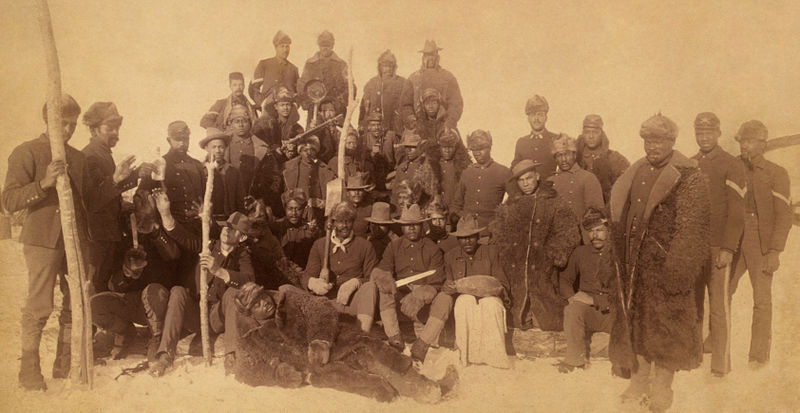




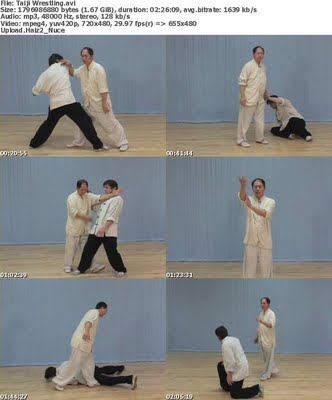
 I’ve heard mud walking refers to waist high thick river mud that makes your legs heavy and forward progress difficult. I’ve heard that it is the stickiness of surface mud which creates a delay of the foot finding the ground and mushing in and then holds it back when one tries to pick it up creating an opening and closing of the joints, particularly the hip (kua).
I’ve heard mud walking refers to waist high thick river mud that makes your legs heavy and forward progress difficult. I’ve heard that it is the stickiness of surface mud which creates a delay of the foot finding the ground and mushing in and then holds it back when one tries to pick it up creating an opening and closing of the joints, particularly the hip (kua). Nearly every video I’ve put on Youtube has at sometime been criticized by some yabo who insists that a STREET FIGHT is the purpose and the meaning of life. While humans have been leveling ground for many centuries, the ubiquity of street pavement is quite new. 150 years ago most fights and surprise attacks happened in mud or dust. That was true on the battle field, in towns, and on country roads. Of course there was snow too, and many other surfaces, some of them level some steep and rocky, but as often as not, the ground was slippery and unstable.
Nearly every video I’ve put on Youtube has at sometime been criticized by some yabo who insists that a STREET FIGHT is the purpose and the meaning of life. While humans have been leveling ground for many centuries, the ubiquity of street pavement is quite new. 150 years ago most fights and surprise attacks happened in mud or dust. That was true on the battle field, in towns, and on country roads. Of course there was snow too, and many other surfaces, some of them level some steep and rocky, but as often as not, the ground was slippery and unstable.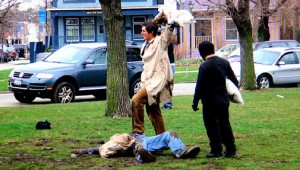 So in my humble opinion, all these explanations of mud walking have their place, but the best explanation is that mud walking is walking on a very slippery surface. A surface where you don’t rely in any way on either forward momentum which pushes off the back foot, nor on rebalancing by using the front foot as a brake. The center of mass must stay over the feet without structural tension, without engaging any posture correcting muscles. In Bagua, the center of mass spins like a top to maintain uprightness with momentum.
So in my humble opinion, all these explanations of mud walking have their place, but the best explanation is that mud walking is walking on a very slippery surface. A surface where you don’t rely in any way on either forward momentum which pushes off the back foot, nor on rebalancing by using the front foot as a brake. The center of mass must stay over the feet without structural tension, without engaging any posture correcting muscles. In Bagua, the center of mass spins like a top to maintain uprightness with momentum.